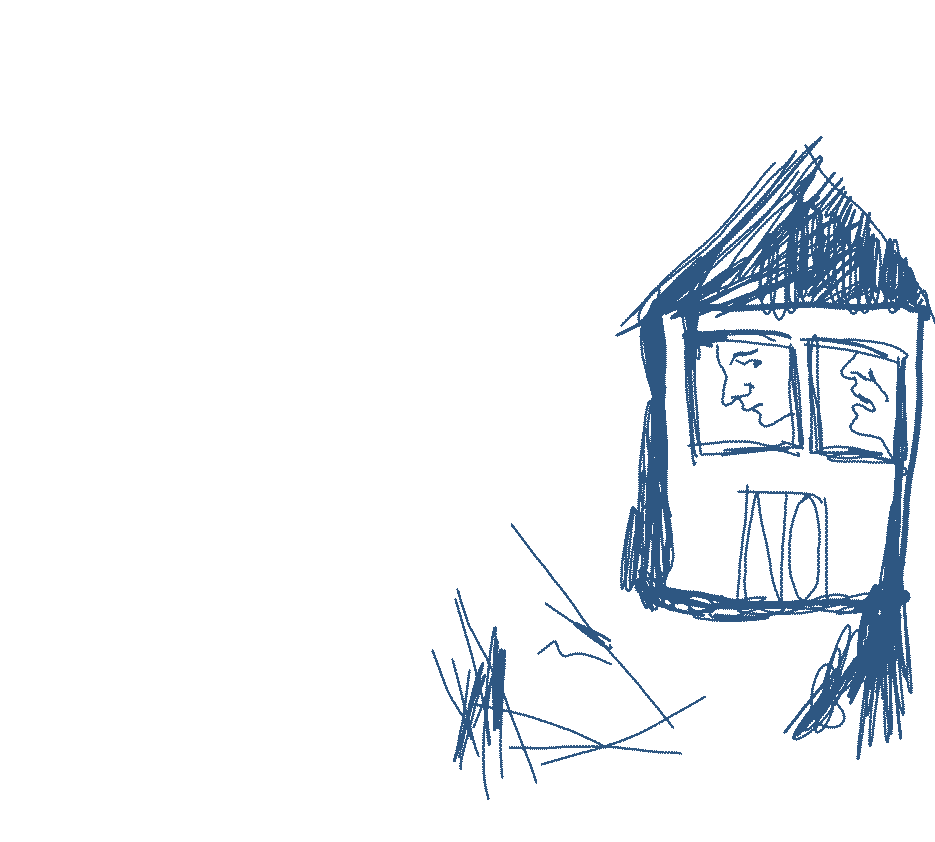Three voices from Gaza:
What survival looks like after 15 months of war
By Sarah-Grace Mankarious, Abeer Salman, Eleanor Stubbs, Marco Chacón, Rachel Wilson, Kara Fox and Matt Dempsey, CNN
January 18, 2025

Onions +1,485%

Potatoes +1,932%

Milk +15%

Chicken +475%

Tomatoes +1,745%

Green peppers +592%

Eggplant +2,292%

Oranges +949%

Sugar +1,202%

Eggs +1,852%

Rice +16%

Coffee +361%



September, 2023















November, 2024

 Source: Palestinian Central Bureau of Statistics
Source: Palestinian Central Bureau of Statistics Gaza aid deliveries are at dangerously low levels
Of the 569 planned aid deliveries in December, two-thirds were denied, interfered with or canceled, the UN said.


Note: Data includes trucks carrying both humanitarian aid and commercial goods for sale. "Food items" includes trucks with only food. "Other" includes trucks with medical supplies, non-food items or a mixture of items that may include food.
Sources: UN Relief and Works Agency for Palestine Refugees in the Near East (monthly totals after Oct. 8, 2023); United Nations Special Coordinator for the Middle East Peace Process (monthly average before Oct. 7, 2023)
Gaza’s education system is in ruins
Over 70% of all of the enclave's school buildings have been directly hit by Israeli airstrikes, according to the UNICEF-led Education Cluster. The IDF has said strikes on schools target Hamas militants and has insisted it takes steps to minimize harm to civilians. Hamas has denied embedding fighters in civilian infrastructure.


Note: There are an additional 16 school buildings where the damage is unknown.
Source: Education Cluster
Access to water in Gaza is well below basic needs
The minimum amount of water that a person requires is 50-100 liters a day, according to the World Health Organization (WHO). Most people in Gaza do not have enough safe water to meet their basic needs.


Sources: The Palestinian Central Bureau of Statistics and the Palestinian Water Authority (Gaza water consumption pre-Oct. 7, 2023), United Nations Office for the Coordination of Humanitarian Affairs (Gaza water consumption estimate June-July, 2024), World Health Organization
Most Gazans have less than a jerry can of water available to them daily













